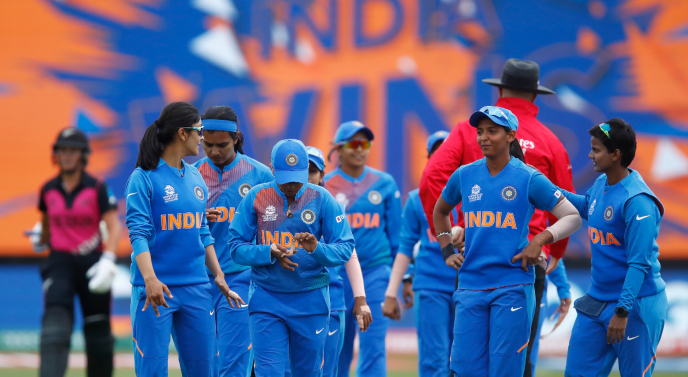
In the realm of sports, unpredictability often adds to the excitement and thrill. Cricket, a game known for its unpredictable nature, has witnessed numerous matches that have taken dramatic turns, leaving fans in awe. One significant factor that has contributed to the game’s unpredictability is the Duckworth-Lewis DLS method.
Developed by statisticians Frank Duckworth and Tony Lewis, the DLS method aims to calculate revised targets in rain-affected limited-overs matches. This article explores five unexpected results that were transformed by the Duckworth-Lewis method, leaving fans amazed and puzzled.
South Africa vs. Sri Lanka, 2003 ICC Cricket World Cup
In a crucial Super Six match during the 2003 ICC Cricket World Cup, South Africa faced Sri Lanka. Sri Lanka batted first and posted a challenging total of 268 runs in 50 overs. However, rain interrupted South Africa’s innings, and their revised target, according to the D/L method, was 229 runs in 45 overs.
Mark Boucher played a remarkable innings, scoring an unbeaten century to guide South Africa to an unlikely victory with two balls to spare. This match showcased the impact of the D/L method on the result of a crucial World Cup encounter.
Australia vs West Indies, 2007 ICC Cricket World Cup
During the 2007 ICC Cricket World Cup, Australia faced the West Indies in a Super Eight match. Australia set a formidable target of 322 runs in 50 overs. However, rain interrupted the West Indies chase, and their revised target, recalculated using the DLS method, was 230 runs in 39 overs.
Thanks to a brilliant century from Shivnarine Chanderpaul, the West Indies achieved the revised target in just 38 overs, securing a thrilling victory. This match demonstrated the unpredictable nature of cricket, with the D/L method playing a crucial role in recalculating targets and influencing the outcome.
England vs Pakistan, 2016 ICC World Twenty20
In the group stage of the 2016 ICC World Twenty20, England faced Pakistan in a rain-affected match. Pakistan batted first and scored 118 runs in 18 overs. However, rain interrupted England’s innings, and their revised target, calculated by the D/L method, was 101 runs in 15 overs.
England’s chase got off to a shaky start, but an unbeaten innings from Joe Root helped them reach the target with two balls to spare. This match highlighted the impact of the D/L method in determining revised targets and how it can shift the balance of the game in favor of the chasing team.
New Zealand vs India, 2020 ICC Women’s T20 World Cup
In the group stage of the 2020 ICC Women’s T20 World Cup, New Zealand faced India in a rain-affected match. New Zealand batted first and posted a total of 133 runs in 20 overs. However, rain interrupted India’s chase, resulting in a revised target of 48 runs in 6 overs according to the D/L method.
Shafali Verma played a blistering innings, scoring 46 runs off 34 balls, as India reached the target with three balls to spare. This match highlighted the impact of the D/L method in short-format cricket and how it can create thrilling finishes even in truncated matches.
Australia vs New Zealand, 2021 T20I series
During a T20 International (T20I) series between Australia and New Zealand in 2021, the second match was heavily affected by rain. New Zealand batted first and scored 219 runs in 20 overs. However, rain interrupted Australia’s chase, resulting in a revised target of 46 runs in 5 overs according to the D/L method.
Aaron Finch and Glenn Maxwell unleashed a brutal assault, guiding Australia to an astonishing victory with 27 balls to spare. This match showcased the impact of the D/L method even in the shortest format of the game, allowing for thrilling comebacks and unexpected results.
